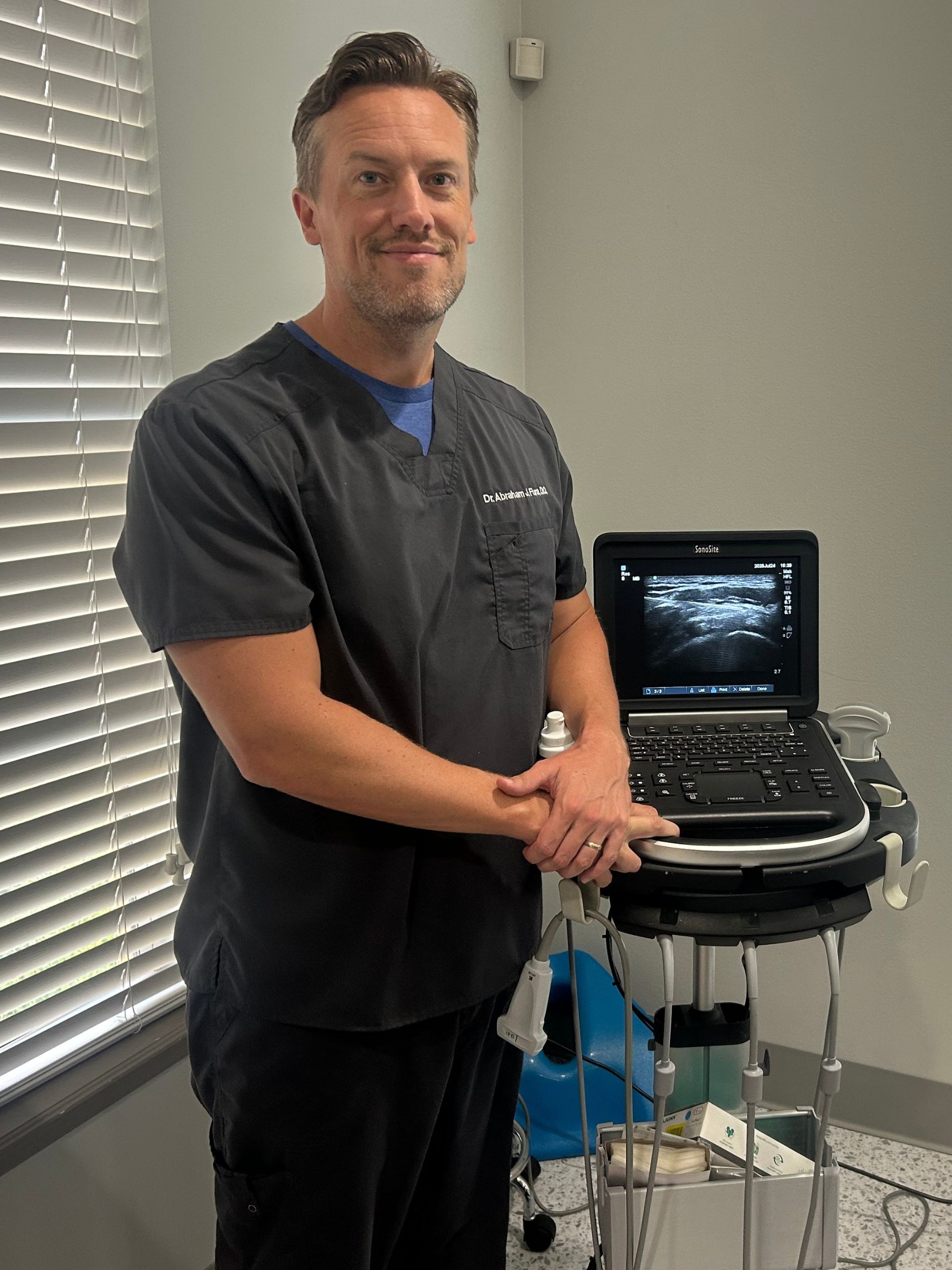
A NEW PATH TO RELIEF
Failed Back Surgery Syndrome (FBSS) is the term for persistent or worsening pain after a spinal surgery. It is crucial to understand that this term does **not** mean your surgeon made a mistake. Rather, it describes a complex situation where the surgical procedure did not achieve the desired outcome of pain relief. Living with pain after surgery can be incredibly frustrating and disheartening. Our approach focuses on a comprehensive re-evaluation to uncover the precise reason for your continued symptoms and to create a new, targeted strategy that offers renewed hope for a better quality of life.

UNDERLYING CAUSES
Spinal surgery addresses a specific anatomical target, but pain is complex. Persistent symptoms can result from the body's healing response, new mechanical stresses, or other underlying issues.
The body's natural healing can create scar tissue around the operated nerve roots, leading to new compression or tethering that causes pain.
A spinal fusion can transfer extra stress to the vertebrae above and below, causing them to degenerate and become new sources of pain over time.
The original problem, like stenosis or a disc herniation, may not have been fully resolved, or a new issue may have developed at the same or a different level.
The surgery may have fixed the issue seen on an MRI, but the pain's true source could be another structure, like the facet joints or SI joint, which was not treated.

RECOGNIZING THE SIGNS
The primary symptom is chronic pain that continues after an adequate surgical recovery period. The nature of this pain can provide important clues about its underlying cause.
A persistent dull, aching, or sharp pain that remains centered in the area of the surgery (neck or lower back).
The continuation or return of radiating pain, numbness, or tingling down the leg (sciatica) or arm.
The development of a new type of pain often described as burning, tingling, or "electrical shocks" in the back or limbs.
Pain that worsens with normal activities like standing, walking, or sitting, significantly impacting your daily function and quality of life.
Ongoing painful muscle spasms in the back, as well as continued or new weakness in the legs or arms that did not resolve after surgery.
Living with chronic pain after expecting relief can lead to valid and understandable feelings of frustration, depression, and anxiety.
If you're still in pain after back surgery, it's easy to feel discouraged. But a "failed" outcome is not the end of the road; it's the start of a new investigation. We specialize in uncovering the true source of persistent post-surgical pain and developing targeted plans that offer new hope for relief. Contact us for a second opinion and a path forward.